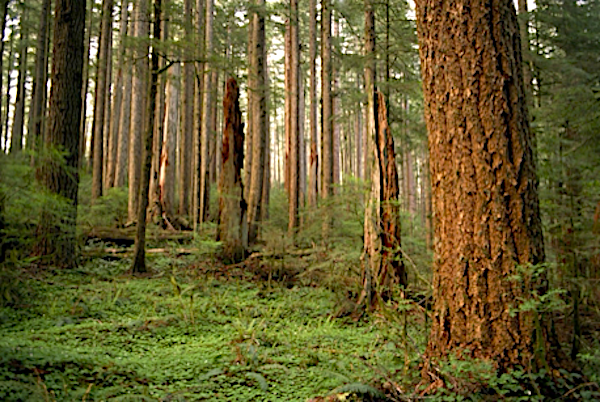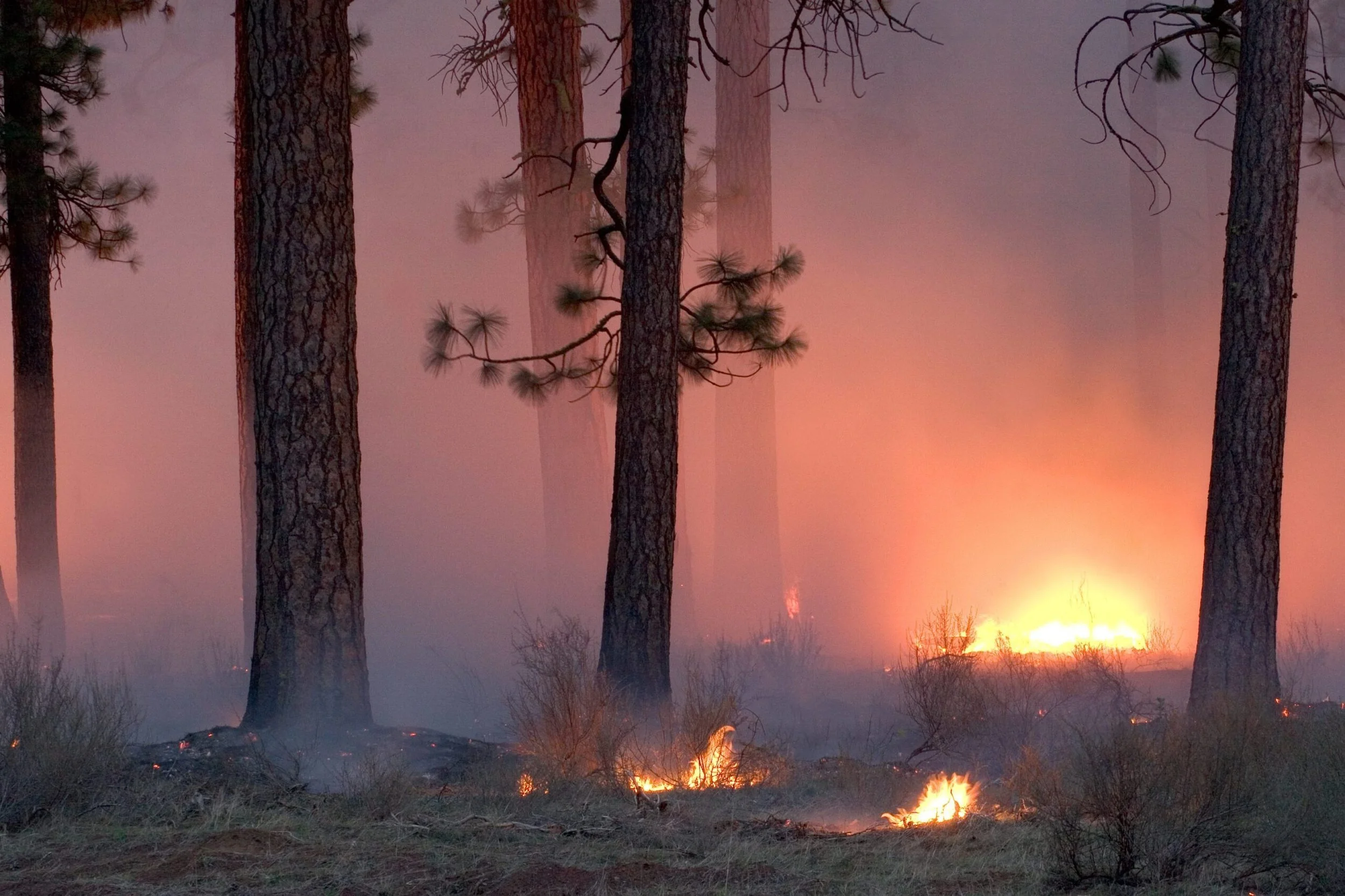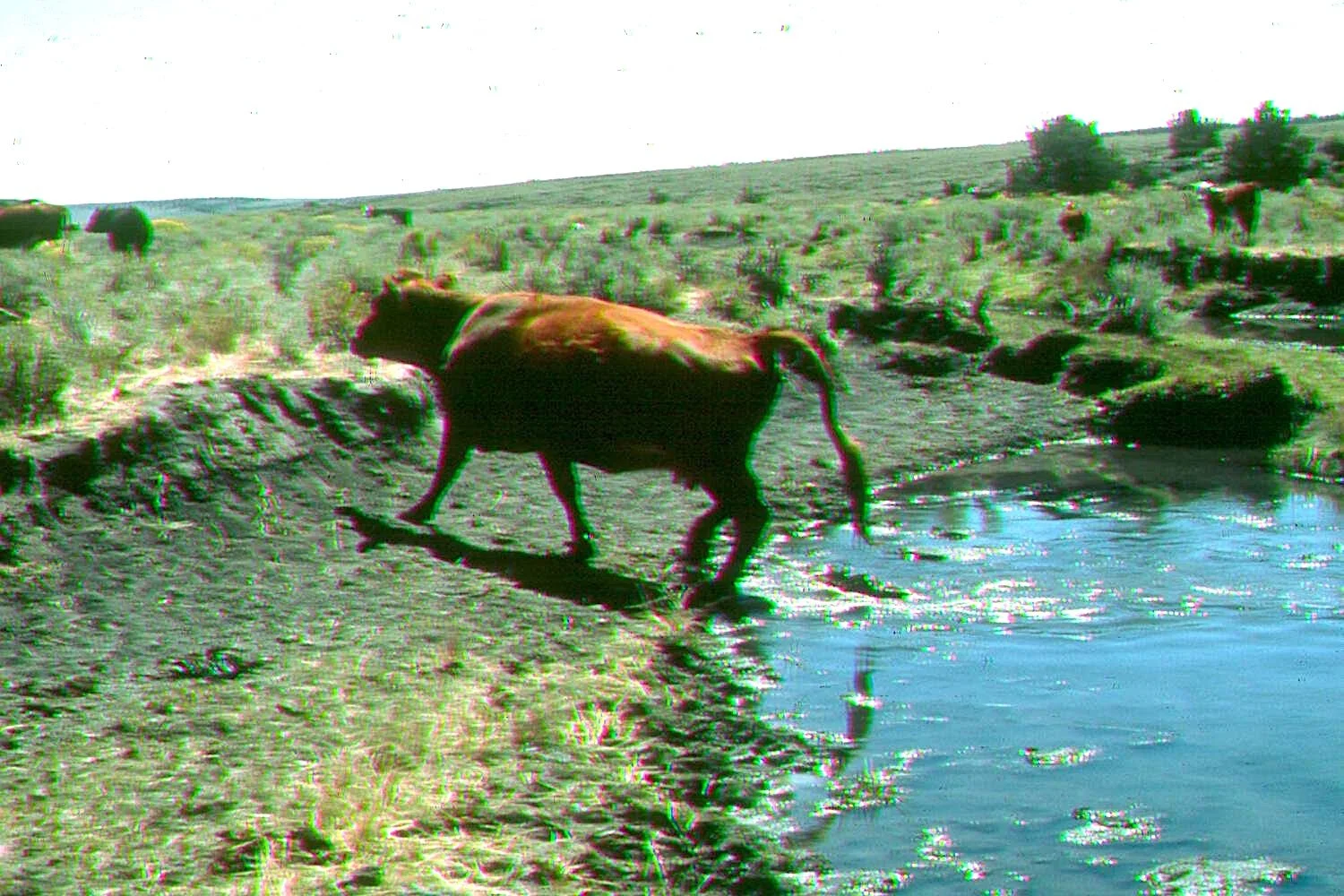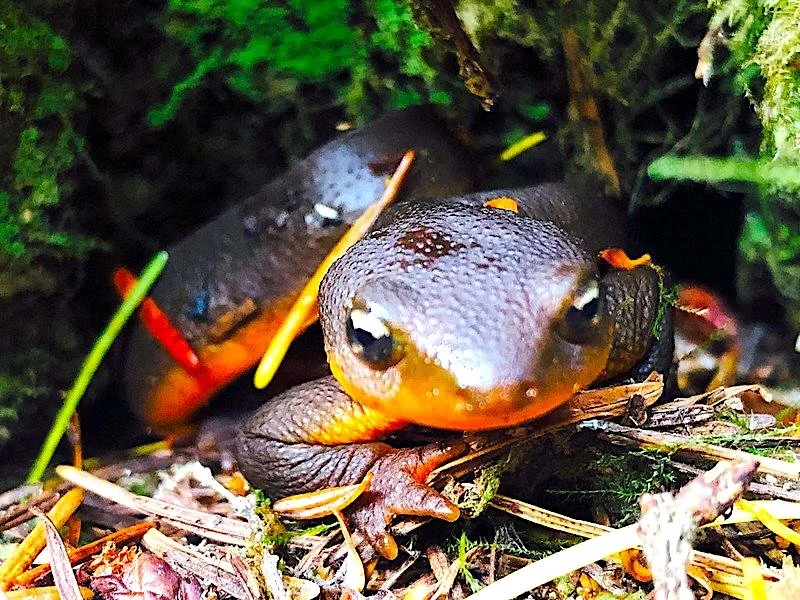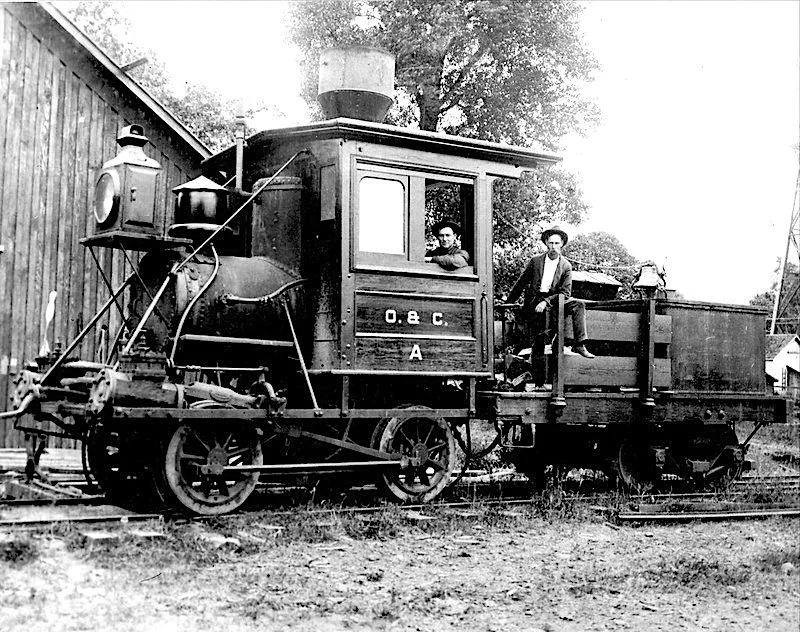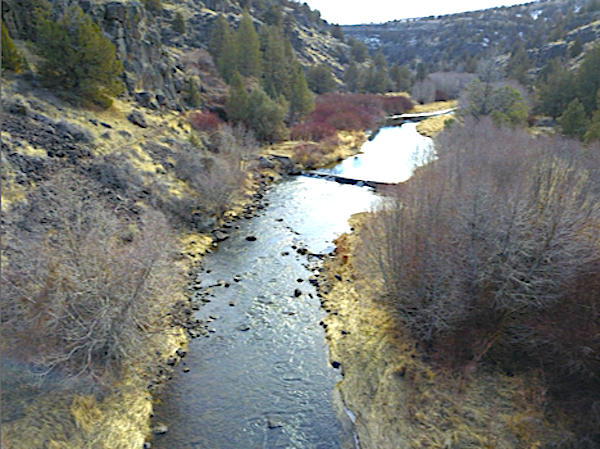Sort By Category
- 30x30
- Administration
- Antiquities Act
- Book Reviews
- Bureau of Land Management
- Climate Change
- Climate change
- Coasts
- Congress
- Counties & Federal Lands
- Courts
- Courts & Litigation
- Department of Agriculture
- Department of Interior
- Deserts
- Ecological Reserves
- Ecosystems
- Elections
- Endangered Species
- Energy
- Estuaries
- Federal Lands
- Fish
- Fish and Wildlife Service
- Forest
- Forest Fires
- Forest Service
- Forestry
- Forests
- Grasslands
- Land & Water Cons. Fund
- Land & Water Conservation Fund
- Legislation
- Litigation
- Livestock Grazing
- Marine Protected Areas
- Marine Sanctuaries
- Mature & Old-Growth Forests
- Mature and Old-Growth Foresrts
- Mining
- Nat'l Conservation Lands
- National Forest System
- National Marine Sanctuaries
- National Monuments
- National Monuments Act
- National Park Service
- National Park System
- National Parks
- National Recreation Area
- National Scenic Area
Sort By Tag
- 1002 area
- 30x30
- 5th Amendment
- ANWR
- Acadia National Park
- Adam Smith
- Administrative Procedure Act
- Advancing Conservation and Education Act
- Alan Bates
- Alan Deboer
- Alaska
- Alaska National Interest Lands Act
- Alaska Native Claims Settlement Act
- Aldo Leopold
- American Forest Resource Council
- American Prairie Reserve
- American Tree Farm System
- American beef supply
- American black duck
- American woodcock
- Ammon Bundy
- Ancient Forest National Park
- Anders Eskil Carlson
- Andrea Salinas
- Andrew N. Gray
- Andy Kerr
- Animal unit month
- Ansel Adams
- Antiquities Act
- Applegate Primitive Backcountry Area
- Aqua Fria National Monument
- Aquatic Conservation Strategy
- Aquatic Conservation and Riparian Strategy
- Arches National Monument
- Arches National Park
- Arctic National Wildlife Refuge
- Areas of Critical Environmental Concern
- Army Corps of Engineers
- Association of O&C Counties
- Astoria Canyon
- Astoria Fan
- Atlantic Coast
- Augusta Canal NHA
- Avarna Group
- Avi Kaw Ame
- BLM Conservation Rule
- BLM Zone 3 Lands
- BOEM Oregon Planning Area
- Baboquivari Peak Wilderness
- Baker County
The Public Lands Conservation Legacy of Senator Ron Wyden, Part 2: An Opportunity for Greatness
To be remembered as the greatest public lands conservationist to come out of the Oregon congressional delegation, Wyden needs to step up his game.
A National Monument for the Douglas-Fir
If currently degraded forests are included in a national monument dedicated to long-term conservation, our grandchildren will be able to see the vast landscape of old-growth Douglas-fir forests that our grandparents saw.
Trump 2.0 and the Nation’s Federal Forestlands
The excesses of the executive branch will need to be checked by the judicial branch, the legislative branch, and/or the people.
The Demise of Northwest Forest Plan
Like bankruptcy, the death of the Northwest Forest Plan has proceeded slowly and might end quickly.
The Monetization of Public Lands
The Trump administration believes that unless it can be sold or collateralized, it has no value.
Utah’s Existential Threat to Most BLM Holdings
Utah’s lawsuit against the United States is an existential threat to more than 200 million acres of federal public lands.
Saving Old Growth from the Forest Service
The Forest Service is blowing President Biden’s chance of saving mature and old-growth forest for this and future generations.
Rethinking Commercial Thinning as a “Tool” to Ecologically Restore Forests of the Frequent-Fire Type, Part 1: Outdated Science and Policies
A new scientific review of many scientific papers suggests it is not necessary to thin before reintroducing fire into fire-dependent forests. Part 1 sets the stage with a review of past thinking about thinning.
Wyden’s Unilateral Public Lands Livestock Grazing Giveaway
Senator Wyden is cosponsoring legislation that would give blank checks and get-out-of-jail-free cards to all BLM grazing permittees and lessees.
O&C Lands Act, Part 4: Repeal the Act and Transfer the Lands
This is the fourth in a series of four Public Lands Blog posts regarding the infamous “O&C” lands, a variant of public lands administered by the Bureau of Land Management. Part 4 recommends repeal of the O&C Lands Act of 1937 and transferring administration of all BLM lands in western Oregon to either the Forest Service or the Fish and Wildlife Service.
Wyden’s Awesome Owyhee Opportunity
The White House is very interested in protecting Oregon’s Owyhee Canyonlands as a national monument before the end of Biden’s first administration. However, President Biden won’t proceed without the all-clear from Oregon’s two US senators. Your help needed. Now.
O&C Lands Act, Part 3: The Decision of the District of Columbia Circuit Court of Appeals
This is the third in a series of four Public Lands Blog posts regarding the infamous “O&C” lands, a variant of public lands administered by the Bureau of Land Management. Part 3 examines a recent ruling by the US District of Columbia Circuit Court of Appeals.
O&C Lands Act, Part 2: The Decision of the Ninth Circuit Court of Appeals
This is the second in a series of four Public Lands Blog posts regarding the infamous “O&C” lands, a variant of public lands administered by the Bureau of Land Management. Part 2 examines a recent ruling by the US Ninth Circuit Court of Appeals.
O&C Lands Act, Part 1: Neither 11th Commandment Nor 28th Amendment
This is the first in a series of four Public Lands Blog posts regarding the infamous “O&C” lands, a variant of public lands administered by the Bureau of Land Management in western Oregon. Part 1 sets the stage with a brief history and description of recent epochal events.
Cascade-Siskiyou National Monument: Safe from Big Timber, Threatened by the BLM
Big Timber’s and Addicted Counties’ supreme gambits to gut the Cascade-Siskiyou National Monument have failed, but the monument is still in mortal peril from the Bureau of Land Management.
It’s About Dam Time
In 2000, Congress told the Bureau of Land Management to remove a small, but fish-damaging, dam on the Donner und Blitzen Wild and Scenic River and in the Steens Mountain Wilderness. The BLM may finally get around to it.
The Forest Service Proposal to Save Its Old Growth: A Start, Though Inadequate
The Forest Service’s announcement that it is going to amend all national forest land management plans to “conserve and steward” old-growth forests is a start, although it’s a third of a century late and the proposed amendment is as light on conservation as it is loose on stewardship. As now proposed, the amendment leaves out mature forests, and the agency would leave loopholes large enough for log trucks loaded with old-growth logs to drive through.
The Unmaking of the Northwest Forest Plan, Part 1: Out with Enforceable Substance and in with Performative Process
This is the first installment of a two-part series on the Forest Service seeking to amend the Northwest Forest Plan. Part 1 examines the motivation of Forest Service bureaucrats to release themselves from the shackles of the plan, all the while playing up happy talk about ecosystems and sustainability and downplaying the sad truth of more roading and logging. Part 2 will examine how to strengthen the Northwest Forest Plan for the benefit of this and future generations.
Retiring Grazing Permits, Part 3: Future of the Voluntary Retirement Option
This is the third of a three-part exploration of retiring permits for grazing on federal public lands. Part 1 examined the state of the public lands grazing industry and made the case for the equitable end to abusive livestock grazing on public lands. Part 2 reviewed the history of congressional and other actions to facilitate retirement of federal grazing permits. Part 3 speculates on the future of this conservation tool.
Retiring Grazing Permits, Part 2: History of the Voluntary Retirement Option
This is the second of a three-part exploration of retiring permits for grazing on federal public lands. Part 1 examined the state of the public lands grazing industry and made the case for the equitable end to abusive livestock grazing on public lands. Part 2 reviews the history of congressional and other actions to facilitate retirement of federal grazing permits. Part 3 will speculate on the future of this conservation tool.






